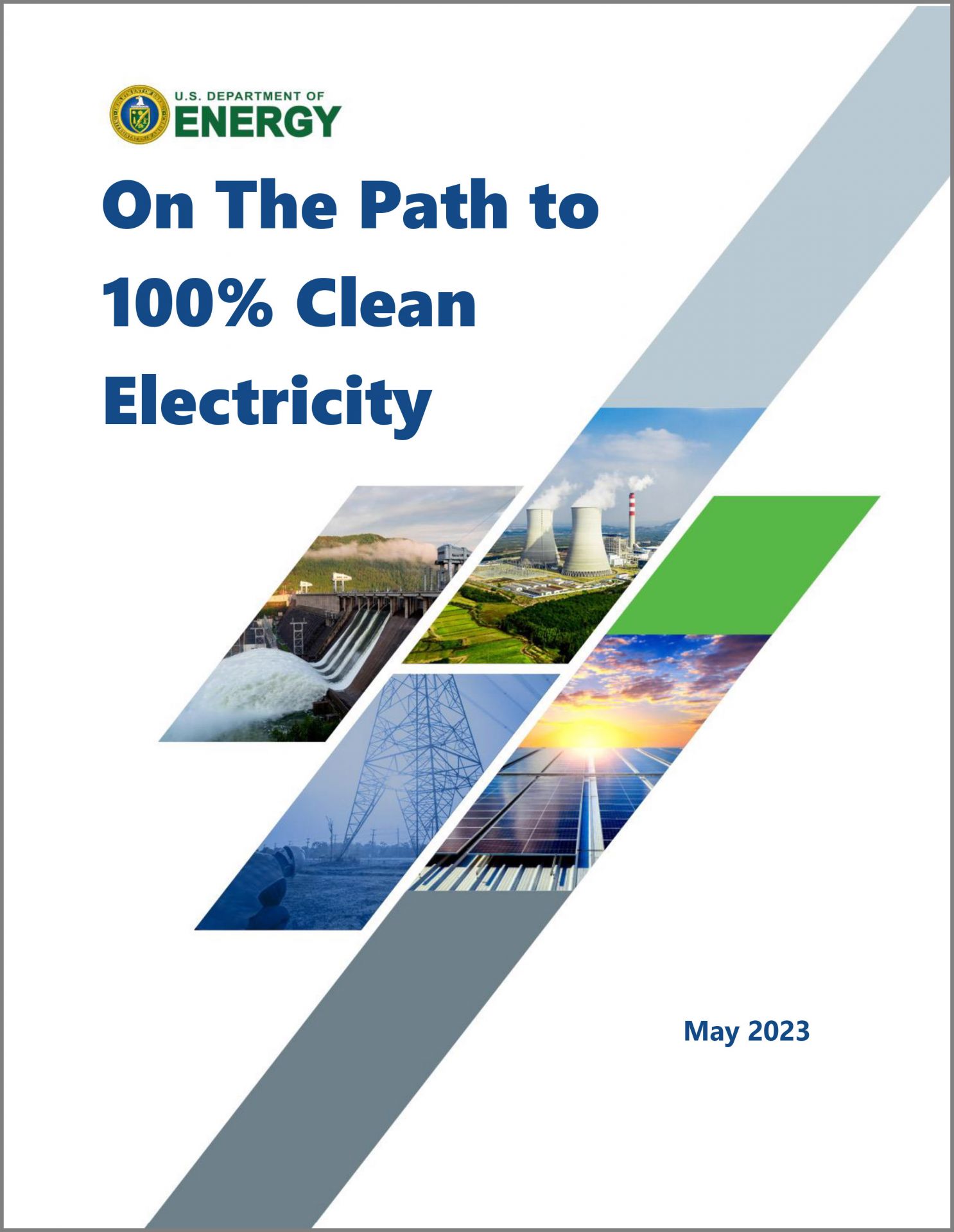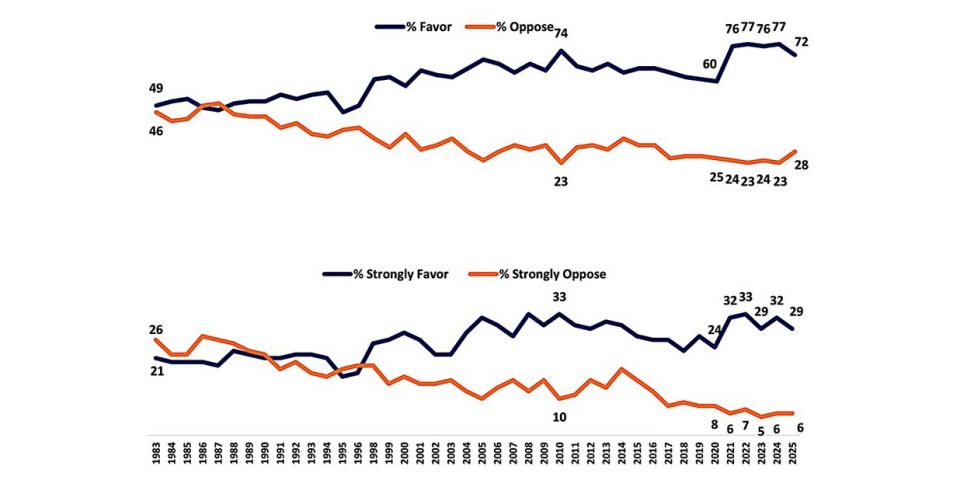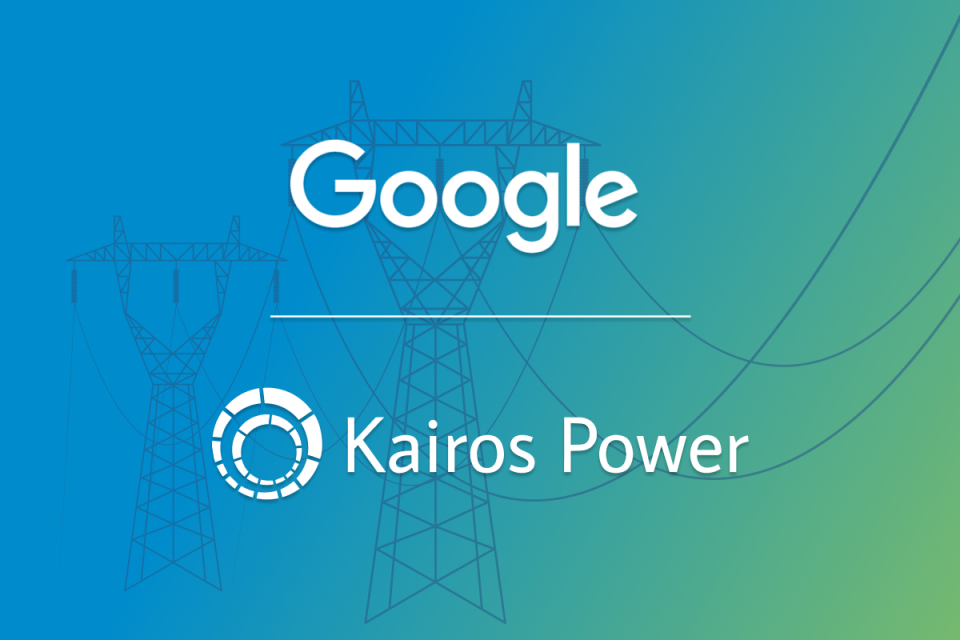DOE report: Nuclear a necessary part of Biden’s clean electricity plan
 Both current and advanced nuclear are among the clean energy sources that will be required to reach the Biden administration’s declared goal of a zero-carbon U.S. electricity sector by 2035, concludes a new report from the Department of Energy.
Both current and advanced nuclear are among the clean energy sources that will be required to reach the Biden administration’s declared goal of a zero-carbon U.S. electricity sector by 2035, concludes a new report from the Department of Energy.
On the Path to 100% Clean Electricity, released last week, features a list of 10 actions the authors consider necessary for meeting that climate commitment. The full report can be accessed here.








